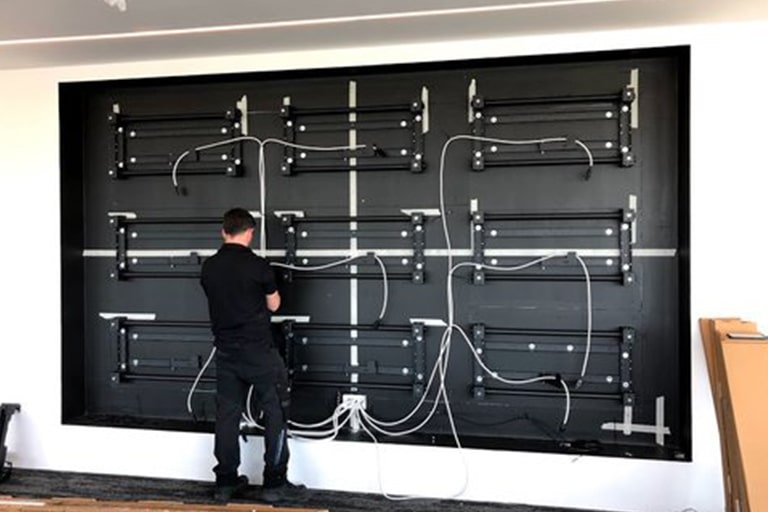Harmonizing Traditional Systems utilizing Advanced Audio Connectivity Technologies for Improved Performance as well as Flexibility.
Harmonizing Traditional Systems utilizing Advanced Audio Connectivity Technologies for Improved Performance as well as Flexibility.
Blog Article
Within today's rapidly evolving landscape of audio technology, the need to enhance efficiency and flexibility in audio solutions is more important than ever before. Numerous organizations and venues still depend on outdated systems, which are older solutions that may fail to have the features of modern devices. Nevertheless, integrating these outdated systems with cutting-edge sound networking technologies can lead to substantial improvements. Sound networking enables for improved communication between equipment, allowing it easier to manage and operate sound throughout various areas.
A of the key benefits of integrating outdated systems with modern sound networking is increased flexibility. Conventional audio technologies often involve complex cabling and limited pathway options. With audio communication technologies like Dante or AVB, audio signals can be sent over conventional Ethernet connections. This means that operators can easily link multiple units without the need for extensive reconfiguration. Whether within a concert venue, a educational auditorium, or a business event, this adaptability allows for rapid modifications and changes to the sound configuration without significant downtime.
Quality is another significant element that improves when outdated systems are upgraded with up-to-date networking solutions. Outdated systems may have difficulty to provide high-quality sound, especially in larger spaces or during complex occasions. By implementing sound networking, organizations can leverage of sophisticated features such as minimal latency, timing, and electronic signal management. These improvements help guarantee that audio is clear and uniform, improving the overall quality for listeners and performers alike. This shift can create a noticeable impact in the way sound is experienced in various environments.
Moreover, integrating outdated technologies with contemporary solutions can lead to financial benefits in the extended run. Although upgrading to new devices may necessitate an initial investment, the effectiveness gained through audio networking can lower upkeep costs and minimize the need for continuous fixes. Additionally, networked technologies often need less physical room than conventional installations, which can save on real estate expenses in locations. Organizations can allocate funds better effectively, utilizing you could look here the money they save to allocate resources in additional important areas.
Lastly, educating staff on the method to operate integrated systems becomes easier with sound networking. Many contemporary sound networking platforms come with intuitive controls and remote control capabilities. This means that even those who may lack significant technical knowledge can be trained to operate and operate the audio solutions effectively. Training initiatives can be designed around these technologies, enabling staff to maintain and diagnose technologies with confidence. By blending the old with the modern, entities can create a more capable and skilled workforce, ultimately leading to better audio experiences for everyone concerned.